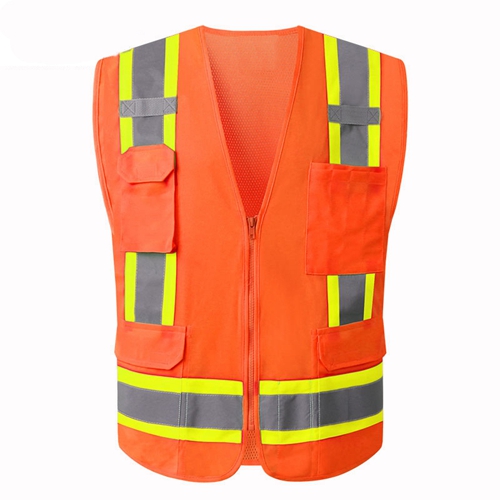Importance of Protective Apparel in Ensuring Safety and Health in Various Industries
The Importance of Protective Clothing Safeguarding Lives in Hazardous Environments
In today's world, the need for safety in various industries cannot be overemphasized. Workers in construction, healthcare, manufacturing, and laboratories face numerous hazards that can lead to serious injuries or even fatalities. One of the most effective ways to mitigate these risks is through the use of protective clothing. This specialized apparel is designed to safeguard the wearer from physical, chemical, and biological threats, making it a crucial element in maintaining safety standards across many sectors.
Protective clothing comes in diverse forms, each tailored to address specific risks. In construction, for example, hard hats, steel-toed boots, and high-visibility vests are standard to protect workers from falling objects, sharp tools, and hazardous materials. Similarly, in healthcare, medical personnel don personal protective equipment (PPE) such as gowns, gloves, masks, and face shields to minimize exposure to infectious agents. The significance of this clothing extends beyond mere compliance with safety regulations; it represents a commitment to the health and well-being of workers.
One primary function of protective clothing is to provide a barrier against harmful substances. In chemical exposure scenarios, for instance, specialized suits made of impermeable materials can prevent corrosive substances from coming into contact with the skin, thereby reducing the risk of chemical burns or long-term health issues. Likewise, in the realm of biohazards, equipment such as Tyvek suits protects against contaminants, ensuring that those working in labs or handling infectious materials remain safe. These suits are designed to be not only effective but also comfortable, allowing for mobility and dexterity while performing essential tasks.
Firefighters exemplify the critical need for protective clothing in emergencies. Their gear, known as turnout gear, consists of insulated suits, gloves, and helmets that resist extreme heat and flames. This specialized clothing not only protects against burns but also enhances visibility in low-light conditions, a vital feature during chaotic rescue scenarios. The durability and functionality of such gear can dramatically impact the safety and efficiency of emergency responders, showcasing the life-saving potential of well-designed protective clothing.
protective clothing

Beyond physical hazards, protective clothing also plays a vital role in promoting mental well-being. Workers who are equipped with the proper safety gear tend to exhibit increased confidence in their abilities to perform job tasks, knowing they are protected. This can lead to higher productivity and morale within the workplace, as employees feel valued and cared for by their employers' commitment to safety. Conversely, inadequate protection can foster anxiety and fear among employees, impacting their job performance and overall job satisfaction.
Moreover, the advancement of technology has led to significant improvements in the materials used for protective clothing. Innovations such as moisture-wicking fabrics, lightweight yet durable materials, and enhanced breathability have transformed protective gear into comfortable, versatile, and highly efficient apparel. These advancements ensure that workers can perform their duties without the added burden of heavy or restrictive clothing, thereby promoting both safety and productivity.
Training and education also play a pivotal role in maximizing the effectiveness of protective clothing. Employers must not only invest in high-quality gear but also ensure that employees are adequately trained on its proper usage and limitations. Understanding when to wear specific protective clothing and how to maintain it effectively is crucial in ensuring that it functions as intended. Regular training sessions can reinforce the importance of safety protocols and encourage a culture of responsibility among workers.
In conclusion, protective clothing is a fundamental aspect of workplace safety across various industries. Its role in preventing injuries and fatalities cannot be underestimated, and the continued evolution of protective gear reflects a growing commitment to worker safety. By investing in high-quality protective clothing and prioritizing training and education, employers can create a safer working environment, ultimately ensuring the health and well-being of their most valuable asset—their employees. In a world where risks are ever-present, the importance of protective clothing remains undeniable, providing a crucial line of defense against the hazards faced in our daily work lives.
-
CE Certified Workwear | Durable Safety Clothing
NewsAug.04,2025
-
Women's Safety Clothing Canada | AI-Enhanced Workwear
NewsAug.03,2025
-
Top Safety Clothing with AI-Driven Protection
NewsAug.02,2025
-
Top HDPE Safety Helmets - Lightweight, Durable Head Protection
NewsAug.01,2025
-
Top AI Safety Clothing with GPT-4 Turbo | Smart Protection
NewsJul.31,2025
-
Face Shield Safety Helmet with GPT-4 Turbo AI Safety
NewsJul.31,2025
